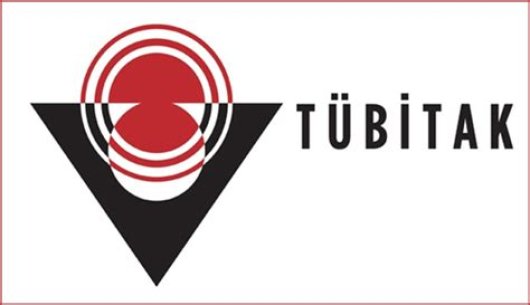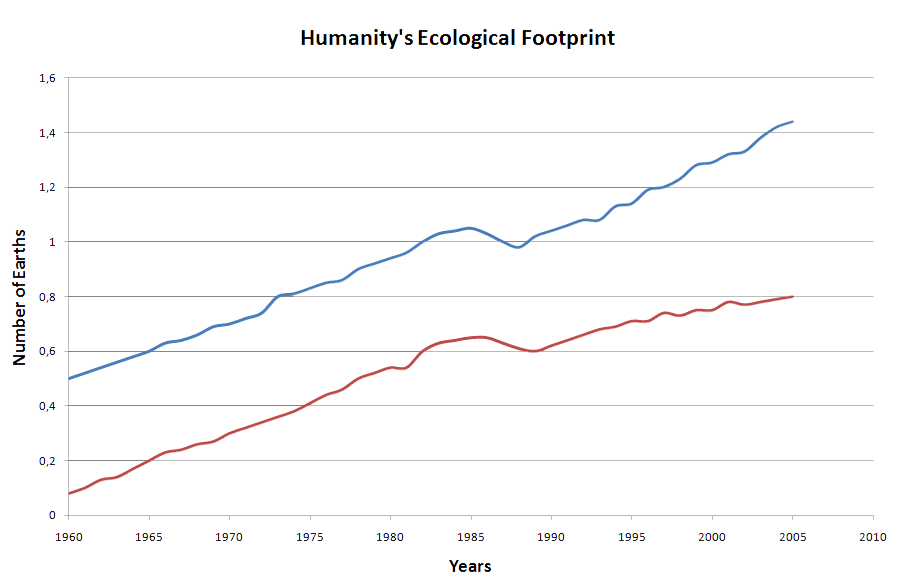TURK TELEKOM
Fundamentals of Green Communications (2011-2013)

Fundamentals of Green Communications
- Funded by: TURK TELEKOM
- Period: Jul 2011 - Jul 2013
Fundamental limits in energy consumption and CO2 footprint in communications.
Global warming and climate change are dominated by excessive energy consumption and greenhouse gas emissions. This forces us to change our lifestyles and adapt to more environmentally friendly methods. Green communications is envisioned to mitigate this problem with the emergence of new nature friendly communication technologies. Green communications principles not only help lessen global warming and climate change problems, but also help reduce operational costs of communication infrastructures and service providers. While there exists an increasing interest on green communications, the fundamental bounds and limits on how green, i.e., energy-efficient, a communication process and an overall communication infrastructure can be devised are yet to be theoretically derived.

Figure 1. Carbon footprint constitutes majority of total footprint
We investigate the fundamental limits on minimum energy required to reliably communicate one unit of information. Knowing this theoretical bound will lead us in the design of new practical minimum-energy communication technologies and realization of significant energy savings over the current communication facilities. Furthermore, since CO2 forms more than 80% of the total volume of the greenhouse gases, we also explore the fundamental limits on CO2 footprint per symbol and/or per channel use between a transmitter and a receiver. By knowing this fundamental limit on CO2 emission, we will be able to develop a theoretical background for inherently green communication architectures and techniques with minimum contribution to greenhouse gas emission. Obtaining minimum energy bounds and deriving methods to achieve this bound will lead us the way to expand our findings to networking case and develop network topologies working at the edge of minimum energy consumption.

Figure 2. Communication systems energy cycle